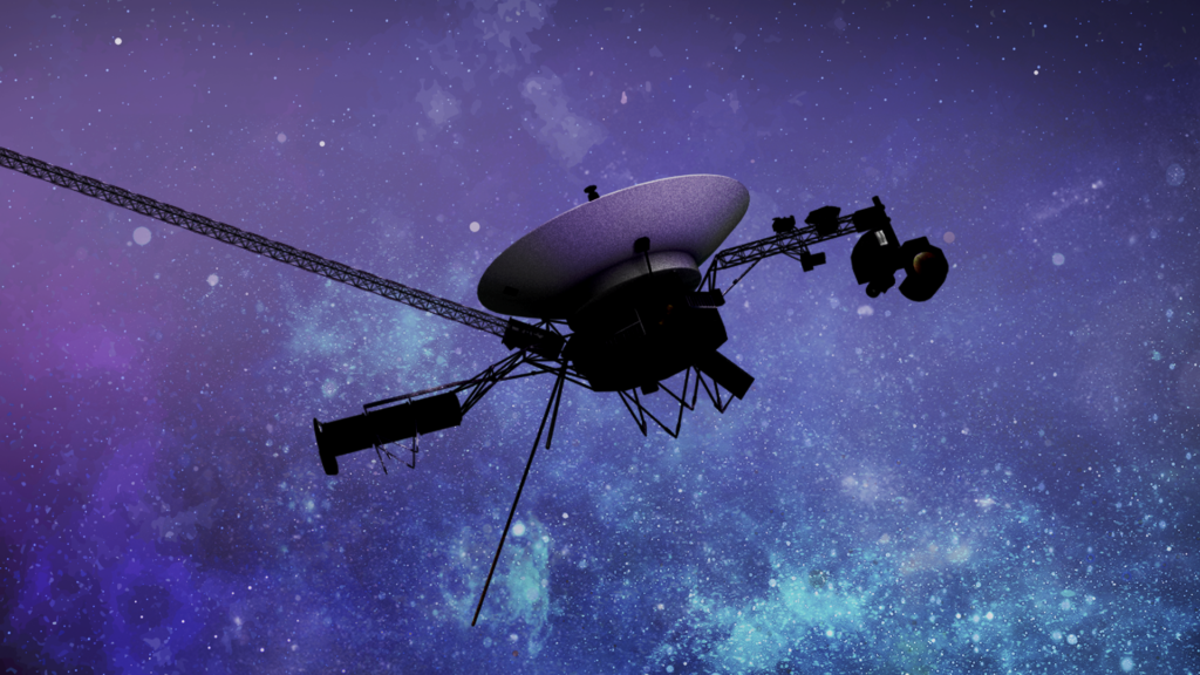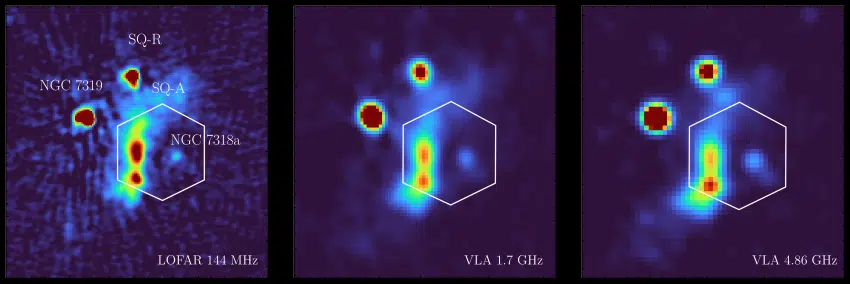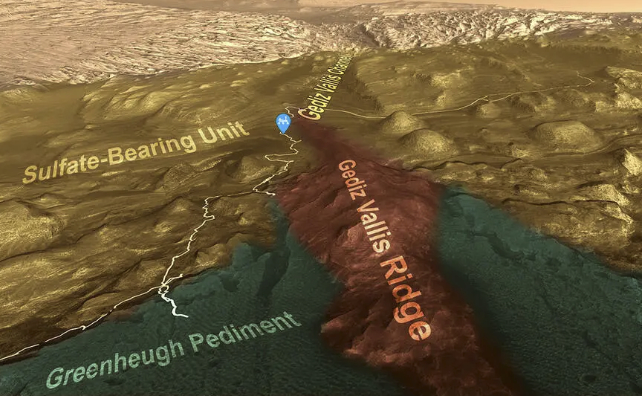Humanity’s farthest spacecraft is experiencing technical issues once again, posing a tough challenge for engineers. Voyager 1, what should we do with you now?
The problem lies with Voyager 1’s 46-year-old flight data system (FDS), which is one of its three onboard computers. The FDS gathers data from the spacecraft’s science instruments and monitors its status and overall health. Unfortunately, it is struggling to communicate effectively with the telemetry modulation unit responsible for sending the collected data to Earth.
This is just the latest in a series of communication problems for aging Voyager 1, which was launched in 1977, shortly after its twin spacecraft Voyager 2. In May 2022, the probe started transmitting nonsensical attitude articulation and control (AACS) data. Suzanne Dodd, project manager for the Voyager missions, described this glitch as “expected at this stage.”
It was later discovered that the faulty computer on the spacecraft was causing the data to be transmitted as gibberish to Earth. Engineers managed to resolve the issue by rerouting the telemetry through another computer on the spacecraft. During the three months it took to address the problem, Voyager 1 traveled 100,000,000 miles.
In December 2023, Voyager 1 began sending gibberish again, indicating a potential issue with the FDS. Despite attempting to address the problem by rebooting the FDS, the gibberish persisted. Dodd expressed that it would be a major achievement if the issue is rectified, adding that the team hasn’t given up hope and is exploring other potential solutions. Voyager 1, which is currently 15.14 billion miles away and traveling at over 38,000 mph, continues to experience the unresolved issue even two months later.
“We can communicate with the spacecraft, and it can receive our messages, but the process is slow due to its significant distance from Earth,” stated NASA’s Jet Propulsion Laboratory on Twitter. Each message sent to Voyager takes 22.5 hours to reach the probe, and vice versa. Despite their age, the Voyager missions have already fulfilled their original purpose, so any additional data obtained from them is considered a bonus. When the two Voyager spacecraft eventually stop functioning or are retired from data collection, they will continue their journey into the endless expanse of space, representing an impressive retirement project.
NASA’s JPL Says Recovering Glitching Voyager 1 Probe Will Be a ‘Miracle’















